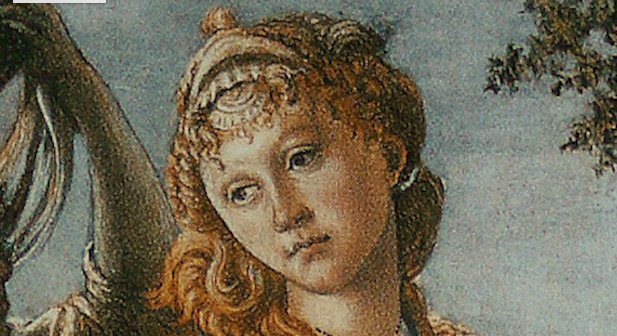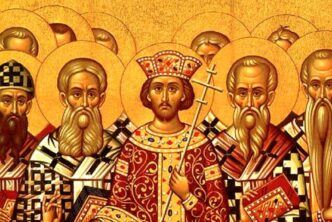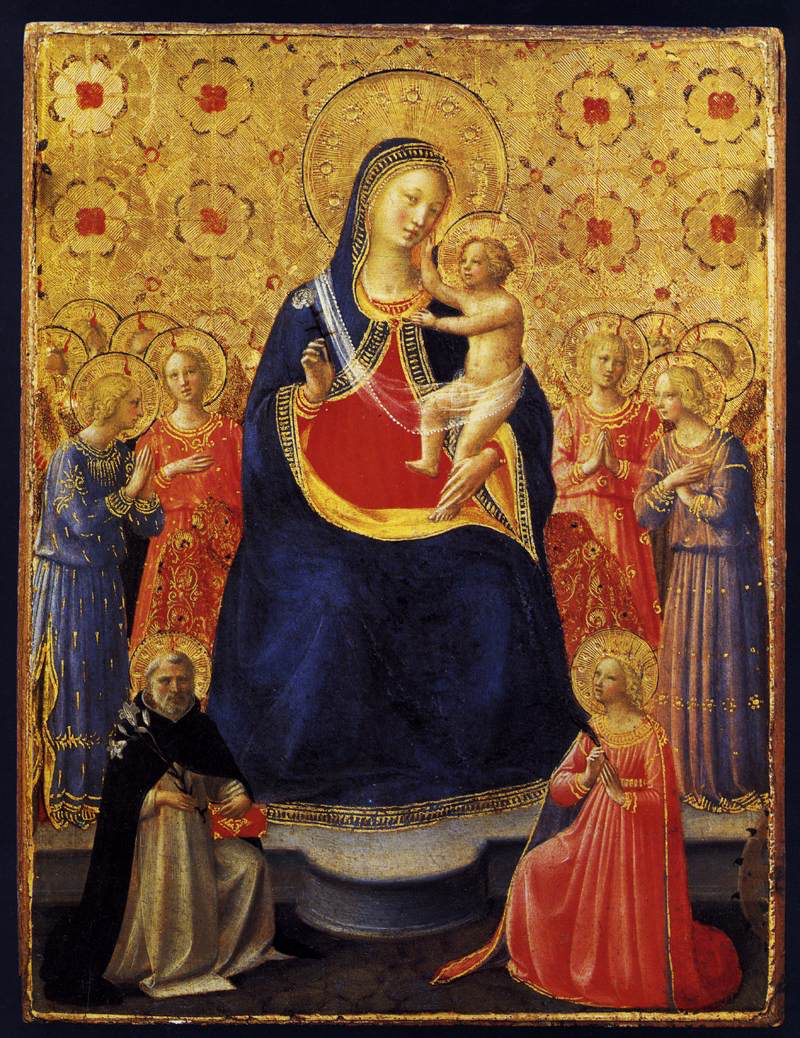
This disturbing piece shows Judith and her maid bringing Holofernes’ head back to Bethulia as told in Judith 13:1–20.
Judith was an attractive Jewish widow from the Israelite town of Bethulia who was devoted to God. However, the Assyrian army was threatening her city under Holofernes’ command.
To save Bethulia, Judith snuck into the Assyrian camp, pretending to defect to their side. While Holofernes was drunk she seduced and decapitated him with his own sword, then gave the head to her maid who placed it in her food bag and carried it back to Bethulia.
When the Assyrian soldiers saw Holofernes’ head, they retreated.
The Return of Judith to Bethulia communicates a theme common to Botticelli’s work: female dominance. Holofernes’ bloodied sword in Judith’s right hand communicates strength, bravery, and violence, while the olive branch in her left symbolizes peace.

Then she pulled the head out of the bag and showed it to them, and said, “See here, the head of Holofernes, the commander of the Assyrian army, and here is the canopy beneath which he lay in his drunken stupor. The Lord has struck him down by the hand of a woman.” (Judith 13:15)
Artist: Sandro Botticelli
Year: 1470–1472
Location: The Return of Judith to Bethulia is in the Galleria degli Uffizi in Florence, Italy.
Read more about this piece and browse other sacred art in the Verbum app.





